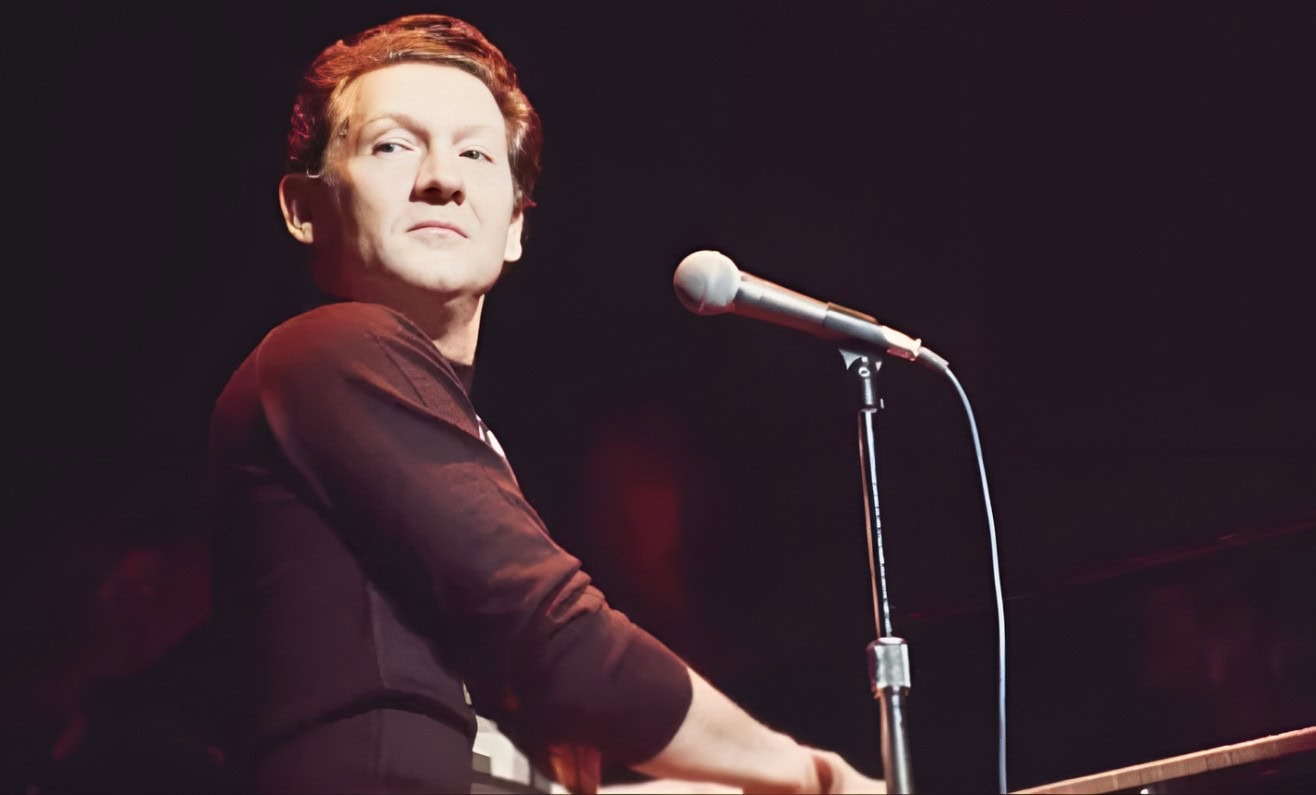
“Great Balls of Fire,” a seminal rock and roll anthem from 1957, catapulted Jerry Lee Lewis into the stratosphere of music history. Written by Otis Blackwell and Jack Hammer, this electrifying track was immortalized by Lewis’s fiery rendition, recorded at the legendary Sun Studio in Memphis, Tennessee. Accompanied by Sidney Stokes on bass and Larry Linn on drums, this recording deviated from Lewis’s usual studio band, lending a unique flavor to its unmistakable sound.
Upon its release on Sun Records in November 1957, “Great Balls of Fire” blazed its way to phenomenal success. Within its first 10 days, it sold over a million copies in the United States alone, securing its place as one of the best-selling singles of its time. The song’s popularity transcended genres, reaching No. 2 on the Billboard pop charts, No. 3 on the R&B charts, and remarkably, clinching the top spot on the country charts.
Notably, “Great Balls of Fire” also ignited the UK Singles Chart, clinching another No. 1 spot abroad. Its infectious energy and Lewis’s electrifying piano performance made it a global sensation, resonating with audiences far and wide. The song’s impact was further cemented by its inclusion in the 1957 film “Jamboree,” where Lewis’s dynamic stage presence captivated audiences alongside fellow rock and roll luminaries.
The enduring popularity of “Great Balls of Fire” is underscored by its enduring presence in pop culture and music history. Its rollicking piano intro and Lewis’s uninhibited vocal delivery continue to define an era of rock and roll exuberance. Beyond its initial release, the song remains a staple in Jerry Lee Lewis’s repertoire, a testament to its timeless appeal and enduring legacy in the annals of rock and roll history.
“Great Balls of Fire” not only showcases Lewis’s unparalleled musical talent but also encapsulates the spirit of a musical revolution that swept the world in the late 1950s. Its place in the pantheon of rock and roll classics is undisputed, celebrated by critics and fans alike as a quintessential embodiment of the genre’s raw energy and innovation.
Video
Lyrics
You shake my nerves and you rattle my brain
Too much love drives a man insane
You broke my will, but what a thrill
Goodness gracious, great balls of fire
I laughed at love ’cause I thought it was funny
You came along and you moved me honey
I’ve changed my mind, this love is fine
Goodness gracious, great balls of fire
Kiss me, baby, ooh, feels good
Hold me, baby
Well, I’ll still love you like a lover should
You’re fine, so kind
Got to tell this world that you’re mine, mine, mine, mine
I chew my nails and then I twiddle my thumbs
I’m real nervous, but it sure is fun
Come on, baby, you drive me crazy
Goodness gracious, great balls of fire
Well kiss me, baby, ooh, feels good
Hold me, baby
Well, I’ll still love you like a lover should
You’re fine, so kind
Got to tell this world that you’re mine, mine, mine, mine
I chew my nails and I twiddle my thumbs
Real nervous, but it sure is fun
Come on, baby, drive me crazy
Goodness gracious, great balls of fire